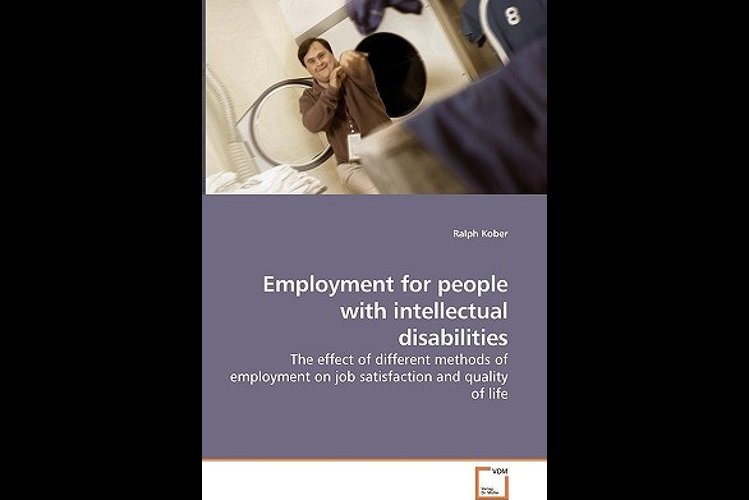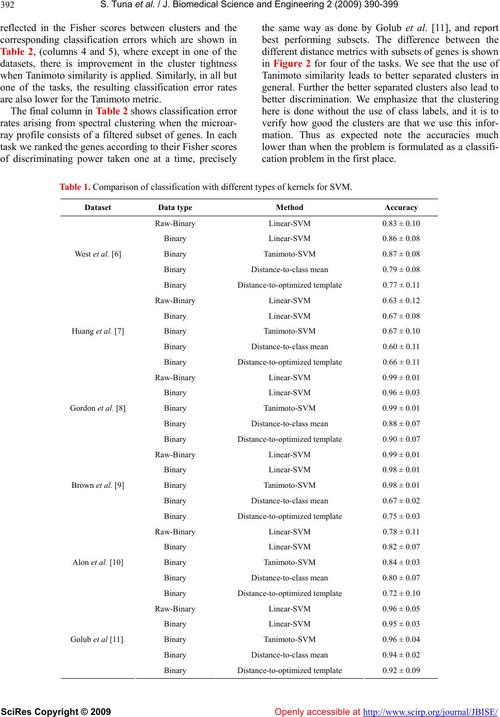
Understanding Employment Classification
Employment classification is a crucial aspect of the workplace that determines the rights and protections afforded to employees. It involves categorizing workers into different groups based on various factors such as job duties, compensation, and benefits. Proper classification ensures that employees receive fair treatment and comply with legal requirements. In this article, we will delve into the different types of employment classifications and the potential discrimination issues that may arise.
Types of Employment Classification
There are several types of employment classifications, each with its own set of rules and regulations. Here are some of the most common ones:

| Classification | Description |
|---|---|
| Full-time Employee | Works a standard number of hours per week, typically 35-40 hours, and receives benefits such as health insurance and paid vacation. |
| Part-time Employee | Works fewer hours than a full-time employee, often less than 35 hours per week, and may receive limited benefits. |
| Independent Contractor | Works as an independent businessperson and is responsible for their own taxes, benefits, and other expenses. |
| Temporary Employee | Works for a limited period of time, often on a project basis, and may or may not receive benefits. |
| Intern | Works for an organization for a short period of time, typically to gain experience, and may or may not receive compensation. |
Discrimination in Employment Classification
Despite the existence of laws and regulations aimed at preventing discrimination, issues still arise in employment classification. Here are some common forms of discrimination that may occur:
Age Discrimination
Age discrimination can occur when employers classify employees based on their age, rather than their qualifications or performance. For example, an employer may refuse to hire a candidate because they are too young or too old for the job. This can lead to unfair treatment and missed opportunities for both the employee and the employer.
Gender Discrimination
Gender discrimination can manifest in various ways, such as when employers classify employees based on their gender. For instance, an employer may offer different benefits or compensation packages to male and female employees, or assign certain roles based on gender stereotypes.
Race and Ethnicity Discrimination
Race and ethnicity discrimination can occur when employers classify employees based on their race or ethnicity. This can lead to unfair treatment, such as denying promotions or benefits to employees based on their background.

Disability Discrimination
Disability discrimination can happen when employers classify employees based on their disability. This may involve denying reasonable accommodations or failing to provide equal opportunities for employees with disabilities.
Religious Discrimination
Religious discrimination can arise when employers classify employees based on their religious beliefs. This may involve refusing to accommodate religious practices or imposing discriminatory hiring practices.
Addressing Discrimination in Employment Classification
Employers can take several steps to address discrimination in employment classification:
- Implementing anti-discrimination policies and training programs for employees.
- Conducting regular audits to ensure compliance with anti-discrimination laws.
- Encouraging diversity and inclusion in the workplace.
- Addressing complaints of discrimination promptly and effectively.
By taking these steps, employers can create a more equitable and inclusive workplace, where employees are classified based on their qualifications and performance, rather than discriminatory factors.


